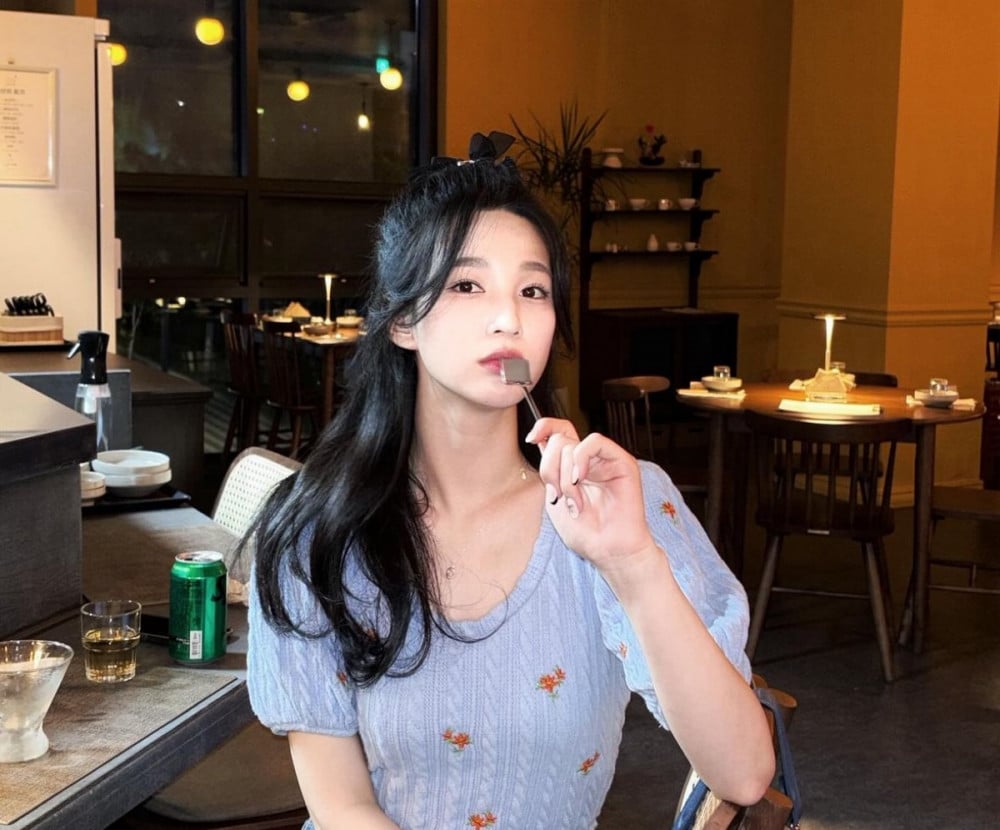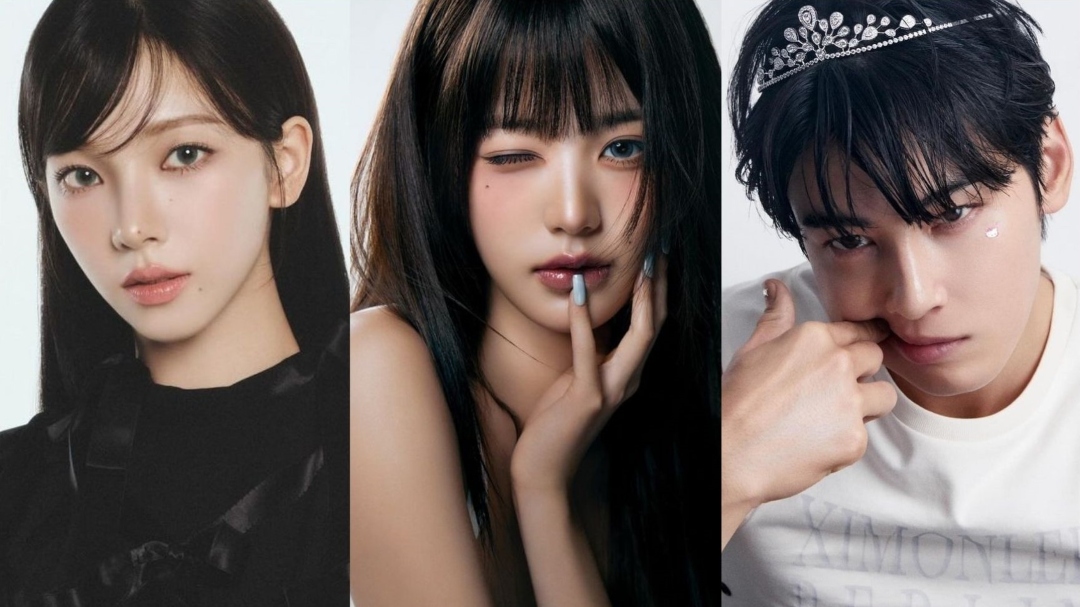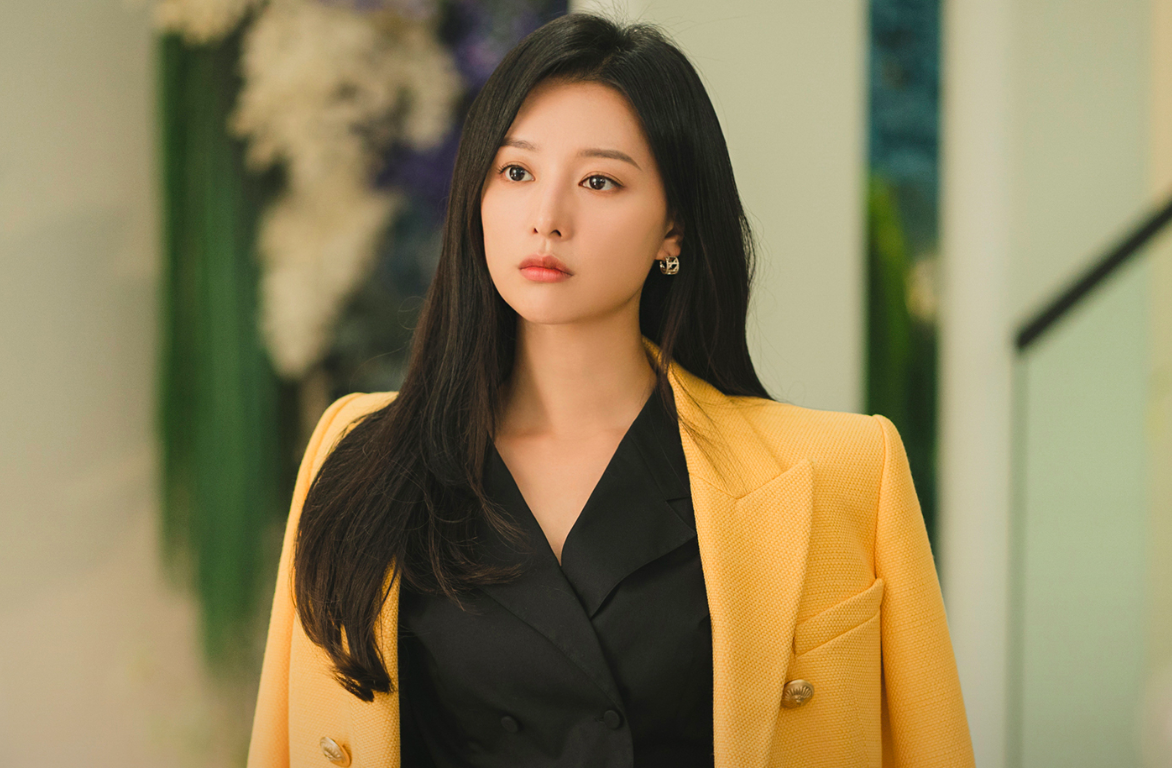Actor Jung Sung Il shares his experience portraying a Japanese character and playing out action scenes in Uprising.
Uprising is set in the chaotic era of the Japanese invasions of Korea. It tells the story of Jong Ryeo (Park Jeong Min), the son of Joseon’s most powerful military family, and his servant Cheon Young (Kang Dong Won), who, after growing up together during the chaotic times of the Japanese invasions of Korea, meet again as enemies.
In the K-movie, Jung Sung Il portrays Genshin, the vanguard of the Japanese army invading Joseon. The actor not only managed to deliver a strong performance in a foreign language but also carried out intense action sequences skillfully.
Jung Sung Il shares his struggles learning Japanese for Uprising
In an interview at a cafe in Seoul, for the movie Uprising, Jung Sung Il said, “The first thing I prepared was Japanese. There is a Japanese professor from Seokyeong University… He is an actual Japanese person, and I went to him and learned hiragana over the course of several months.”
 He continued, “I wanted to say these lines knowing their meaning. If I just memorized the script, I wouldn’t be able to capture the nuances. (By knowing the meaning), I can convey the emotions. So, like an elementary school student, I started with hiragana, then learned katakana, and began with the basics. And since it’s not modern language but archaic speech, I practiced diligently for six months.”
He continued, “I wanted to say these lines knowing their meaning. If I just memorized the script, I wouldn’t be able to capture the nuances. (By knowing the meaning), I can convey the emotions. So, like an elementary school student, I started with hiragana, then learned katakana, and began with the basics. And since it’s not modern language but archaic speech, I practiced diligently for six months.”
Learning a foreign language, especially an ancient form rather than a modern language, wasn’t easy. Nonetheless, since this is a globally released Netflix production, Jung wanted to speak Japanese in a way that would feel natural even to Japanese viewers, and he put in a painstaking effort to achieve this.
He said, “Since I was playing a Japanese soldier in a Netflix production, Japanese audiences would be watching. If they see me and think, ‘Why is he acting that way?’ it would break the immersion of the film. I wanted to look like a Japanese actor to Japanese people. My teacher also taught me in-depth, going over pronunciation and intonation details that Koreans might not notice. I focused on practicing those things.”
Jung Sung Il recalled, “There was a Japanese actor on set who also spoke Korean well. I would share, ‘If this were in Korean, I’d want to say it like this,’ and he would give feedback like, ‘Yes, I think that intonation would work.’ I prepared a lot to sound like a Japanese person.”
Needless to say, the actor’s efforts paid off. “My Japanese friends and those fluent in Japanese told me, ‘You really seemed Japanese,’ and ‘You sounded natural,’ so I felt my efforts paid off and that I’d been rewarded.” “Rather than hearing ‘You acted well,’ people said ‘Your Japanese was really good.’ So I was like ‘Thank God!'”
He added, “When I asked my Japanese friends who watched the film, ‘How was my Japanese?’ they initially thought it was dubbed. They said, ‘Did you do it yourself?’ and told me I sounded so natural. That made me feel great.”
Jung Sung Il also shared an anecdote that tells how difficult it was for him to practice the language. He mentioned that his Japanese teacher always carried glucose. He said, “Since I was speaking classical Japanese, the tone itself was challenging, so I would get dizzy quite early. That teacher, having worked on many projects, knew that actors’ energy would drop quickly when speaking Japanese, so he always carried glucose and would give it to us when we struggled.” He added, “While practicing, I remember thinking, ‘Why is this so tiring?’ I think it was because I often had to speak in a very low, subdued tone.”
Known for his unique, deep voice, Jung Sung Il maintained an even lower tone for his portrayal of Genshin. “I thought my voice was low enough, but I had to go even lower. I think it was more difficult than the action because I had to pay attention to my breath while acting,” he shared.
Jung Sung Il on performing action scenes with Kang Dong Won
Regarding the preparation process for sword-fighting action, Jung Sung Il said, “I usually like to use my body and I like to exercise.” But, “It was my first time using two-handed swords, so I practiced a lot for that.” He also mentioned, “Since it’s a Japanese swordsmanship, I learned movements and techniques unique to samurai. I practiced using the two-handed samurai swords a bit.”
In the film, he also engages in a sword-fighting duel with Cheon Yeong (Kang Dong Won). About Kang Dong Won, he praised, “He’s good at action, so it wasn’t burdensome. If someone leads well, I can follow along nicely. When less experienced people do action scenes together, there’s a risk of injury. But he’s quite skilled.” He added, “The action can change depending on the situation on set or the terrain. Even if there are variables, Dong Won adjusts quickly. I was able to follow along well with that. It wasn’t scary; it was fun. There were no difficulties in coordinating.”
Why does Jung Sung Il not want to do a historical production anytime soon?

Another aspect that posed significant challenges for Jung was the heavy armor and helmet. Jung Sung Il recalled, “At first, I only tried on the armor, and it was much heavier than I expected. I wondered, ‘Can I really swordfight wearing this?’ They tried to reduce the weight, but it didn’t make much difference. The helmet was also much heavier than I thought, and since I also had to wear a mouth guard, it was more exhausting than cool.”
With the armor and helmet combined, the outfit weighed 15 kilograms. Jung emphasized, “I won’t be wearing armor for the next five years.” He said, “I’ve tried everything possible in Uprising. I wore armor, and I’ve even worn a hanbok in between. Is there anything left to try? I’ve experienced just about everything you’d see in a historical drama, so I don’t plan on appearing in one anytime soon.”
Source






